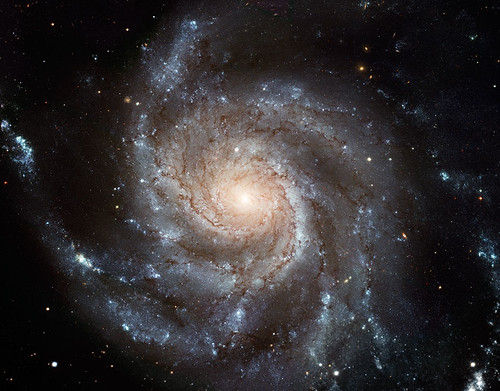hoohaw wrote:I am 74 and have always been an astronomer, first amateur, then professional. So you can imagine how many times in my life I have looked at a picture of a galaxy! And yet when I looked at this picture, a moment ago, a thought came into my mind that had never before come into my mind on looking at a picture of a galaxy: it was, "And I know I am looking at a picture of billions of Earth-sized planets." I know that now, of course, from the Kepler mission results. I still don't know what fraction of Earth-sized planets have water oceans, or have life, or have life that is bigger than single-cell organisms....or have .... people.... But I can never look again at a photo of a galaxy and not explicitly wonder how many "people" I am looking at! Thank you, Kepler mission!
When I was fifteen, I looked at a galaxy (Andromeda, of course) for the first time. I used a pair of binoculars, and I couldn't hold my arms steady, so I lay down on the ground. Suddenly I was aware of planet Earth below me. When I found Andromeda in my binoculars and knew that I was looking at billions of stars all at once, I felt absolutely sure that I was looking at "people" in Andromeda! Indeed, I even thought I might be looking at
people there, beings very similar to myself. Although I didn't let go of my binoculars, I waved at them in my mind and imagined that I was communicating with them. It was a rush of a feeling!
Nowadays I don't believe for a moment that there are
people in Andromeda, although there might certainly be intelligent species there. As for communicating with them... Personally I don't believe that humans will be around by the time Andromeda and the Milky Way collide with one another, but just maybe there will be other species from the Milky Way and Andromeda that can communicate with one another when our two galaxies merge in a gravitational embrace.
There may certainly be intelligent species in NGC 2841, but we will never know. We can, of course, imagine their presence when we look at pictures like today's APOD.
Ann
 Massive Nearby Spiral Galaxy NGC 2841
Massive Nearby Spiral Galaxy NGC 2841